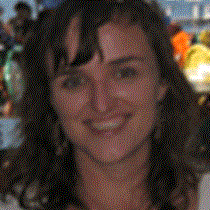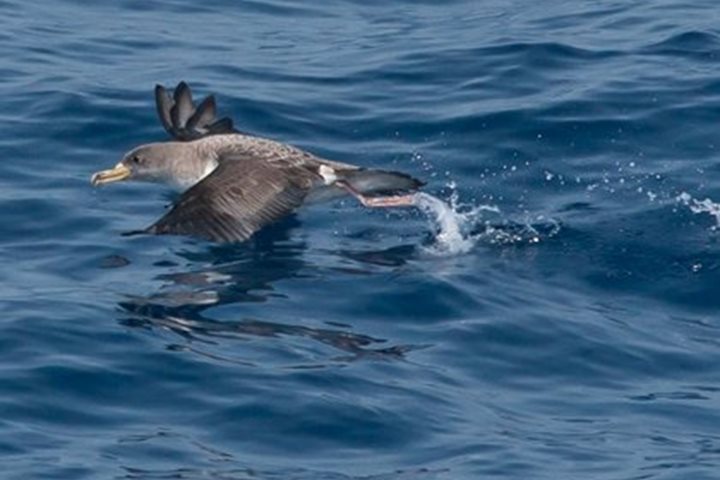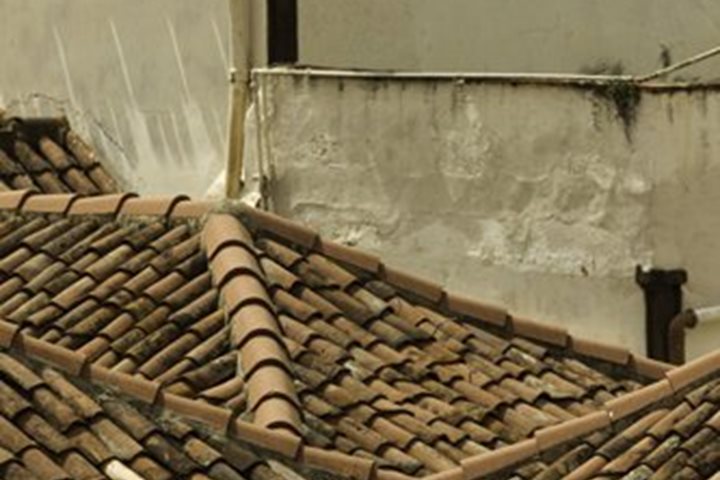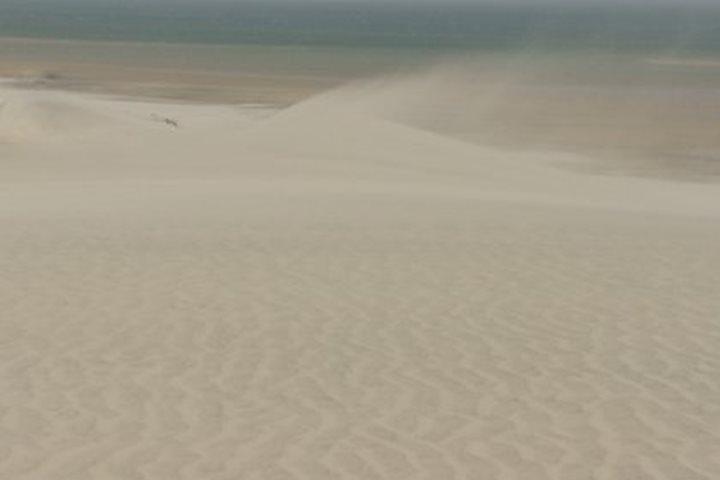With forest still covering 85% of the country, Gabon is home to some of the largest remaining populations of forest elephants, lowland gorillas, red river hogs, and chimpanzees. Forests have remained largely intact partly because Gabon has one of the most urbanized populations in Africa. Over half of its 1.5 million in population is located in Libreville, the capital. Today we explored this rapidly growing city to learn more about local history, Gabonese cultures and traditions, city life, and the opportunities and challenges that lie ahead for Gabon. Meanwhile, an additional group of guests headed across the estuary to Pointe Denis to relax on the beaches bordering Pongara National Park. At the Pointe, they learned about sea turtle nesting and watched leatherback hatchlings get released into the ocean.
The morning was spent on a city tour across the port, the suburb of Owendo and the neighborhoods of Lalala a Droite and Glass. We stopped at the Baraka Mission, the first church built in Gabon by American protestant missionaries in 1839. It is here that the western lowland gorilla was first collected and described by modern science in 1847. Today, on Easter Sunday, the church was hosting a baptism of young girls beribboned and wearing white dresses with gloves. They happily posed for pictures and exchanged email addresses and Facebook names to receive copies.
We next headed to the Catholic church St. Michel in Nkembo where wooden carved pillars by a local artist depict biblical scenes. Easter mass was in process and hundreds of colorfully dressed participants packed the benches and churchyard. Many attendees were happy to pose for portraits to show off the vivid tailored fabrics they were wearing to celebrate the holiday.
We explored the Petit Paris neighborhood where immigrant vendors sell fruits and vegetables, smoked fish, fabrics, used clothing, and other odds and ends. Some of us negotiated for cloth while others snapped photos. The market was busy and dirty and we had to maneuver around wheelbarrows, vendors balancing heavy loads on their heads, and piles of trash lining the street. It was a snap shot of the day-to-day life in an African market, with sellers originating from Mali, Senegal, Mauritania, Benin, Togo, Ivory Coast, Burkina Faso and other West African countries.
Lunch brought us to “La Residence de Maisha” where we enjoyed seaside drinks and a buffet of local foods, including local greens with smoked fish and roasted eggplant. The U.S. Ambassador, Eric Benjaminson, spoke of Gabon and its future and his career as a diplomat. After our meal the Mbeng Ntam dancers whirled in raffia and traditionally inspired outfits to Bwiti dances. Three generations of performers from a Fang family shared with us dances inspired from religious practices and initiations originating in the forests of Gabon.
After lunch we trekked to Mondah Forest to experience the Gabonese jungle. Okoumé trees lined the forest paths draped in thick lianas. A demonstration of traditional uses of Okoumé resin as a fire starter scented the air. Though the hike was brief, it gave us a taste of the rich biodiversity protected by Gabon’s network of national parks and reserves covering over 11% of the country.








